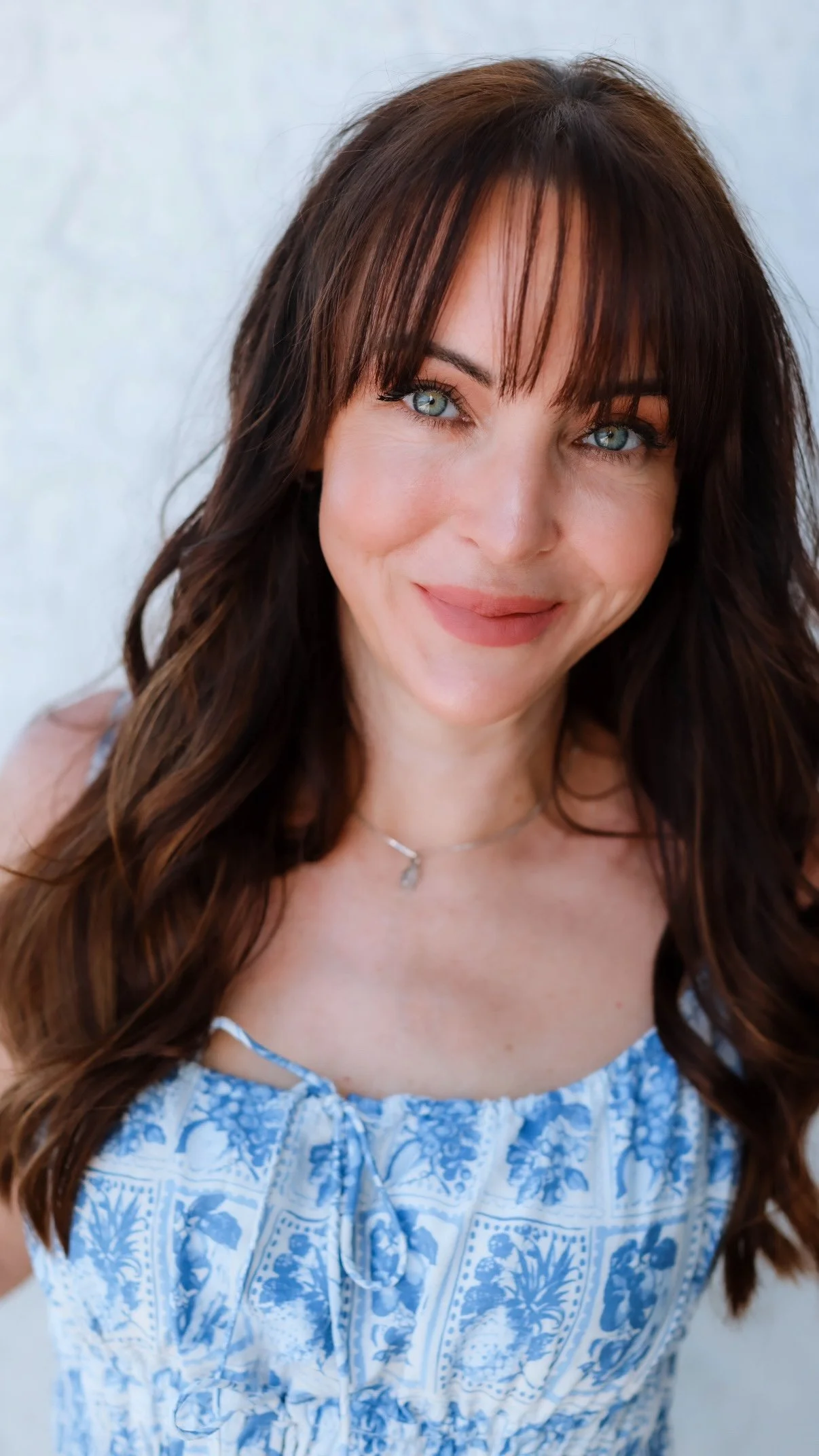When my children were in preschool, I wanted them to thrive in what they put their minds, hearts and hands to each day. I desired more than anything in those days for them to be able to play, explore and carry a sense of wonder as they went about their work and their daily routines. As moms, we are given the greatest gift of holding our child's hearts and speaking words of life! It can be easy in the whirlwind of our days to forget the power our words have to teach, instruct and encourage. I found that often, some of our best connecting and best learning came as a result of conversations with me about common, everyday things we experienced and observed together because I was intentional about living life alongside my little ones.
Particularly in the Pre-school years, The Three Period Lesson, is a trademark of a Charlotte Mason education, but like so many of her principles, it seems like a common sense approach to the way a day is woven together with young children; talking, pointing out, and sharing observations naturally. Its a simple method that you can apply at any age, to engage with your children and to help them learn about virtually any subject. Here's how it works:
Lesson One is where naming occurs.
“Sweetie, this is the color yellow” or “This is the color green.” Or “Oh look at that animal climbing the tree! That is a squirrel!” The opportunities to name and speak with our youngest learners throughout the day are endless really, but the mental shift comes when we engage these opportunities and intentionally plan to build on them.
Lesson Two is where a child shows recognition of a given object, letter or number.
In a line of the letters A,B and C, you might ask, “Which one is the letter B?” Or when you are visiting the zoo or reading a book about animals, “Which one is the elephant?” “Can you show mommy the orange fruit?”
Lesson Three requires that the child has naming, recognition and pronounciation of the word within their mental capabilities.
Independently, the child is able to give an answer as you point to any given item and ask “What is this?”
In our home, The Three Period Lesson is a staple of our pre-school. It is a method that gives some shape to introducing numbers, letters, colors, animals and other objects.
Here are some real life examples for how we used these lessons.
-Baking: As I’m measuring and pouring, I'm talking to my children about cups and teaspoons and the ingredients needed to make their favorite pancakes.
-Nature Study: As we begin our observation of birds this fall, we are beginning a study of the wren as well as identifying trees and other flora and fauna.
-Colors: Using watercolors along side our impressionist study, younger children can show mastery in their knowledge of the basics, while the older children are using the color wheel to identify complimentary colors in the elements of design.
-Poetry: Learning about limmericks or sonnets, the three period lesson can be extended to identify the structure of different styles of poetry, and ultimately, allow the children to create their own works.
So, how do you think you could apply this simple method to what you are doing with your kids this week?
Blessings to you,
Kristen
Share this post:


